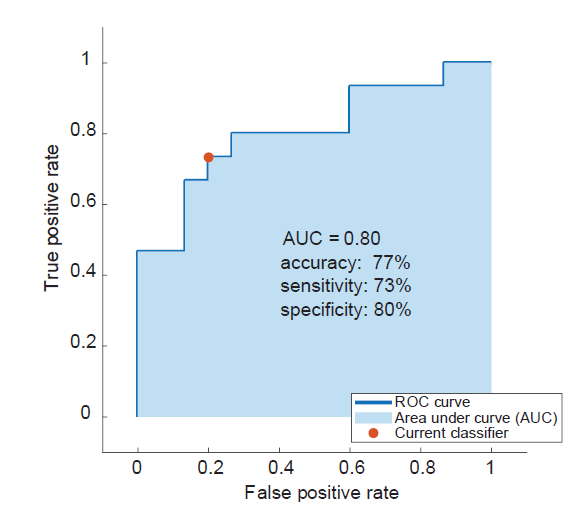Validating Discriminative Signatures for Obstructive Sleep Apnea in Exhaled Breath
Bettina Streckenbach, Martin Osswald, Stefan Malesevic, Renato Zenobi, and Malcolm Kohler
Abstract
Rapid and reliable tools for the diagnosis and monitoring of obstructive sleep apnea (OSA) are currently lacking. Prior studies using a chemical analysis of exhaled breath have suggested the existence of an OSA-specific metabolic signature. Here, we validated this diagnostic approach and the proposed marker compounds, as well as their potential to reliably diagnose OSA. In this cross-sectional observational study, exhaled breath was analyzed using secondary electrospray ionization high-resolution mass spectrometry. The study cohort included untreated OSA patients, OSA patients treated with continuous positive airway pressure and healthy subjects. The robustness of previously reported OSA markers was validated based on detectability, significant differences between groups (Mann–Whitney U test) and classification performance. The breath analysis of 118 participants resulted in 42 previously reported markers that could be confirmed in this independent validation cohort. Nine markers were significantly increased in untreated OSA compared to treated OSA, with a subset of them being consistent with a previous validation study. An OSA prediction based on the confirmed OSA signature performed with an AUC of 0.80 (accuracy 77%, sensitivity 73% and specificity 80%). As several breath markers were clearly found to be repeatable and robust in this independent validation study, these results underscore the clinical potential of breath analysis for OSA diagnostics and monitoring


